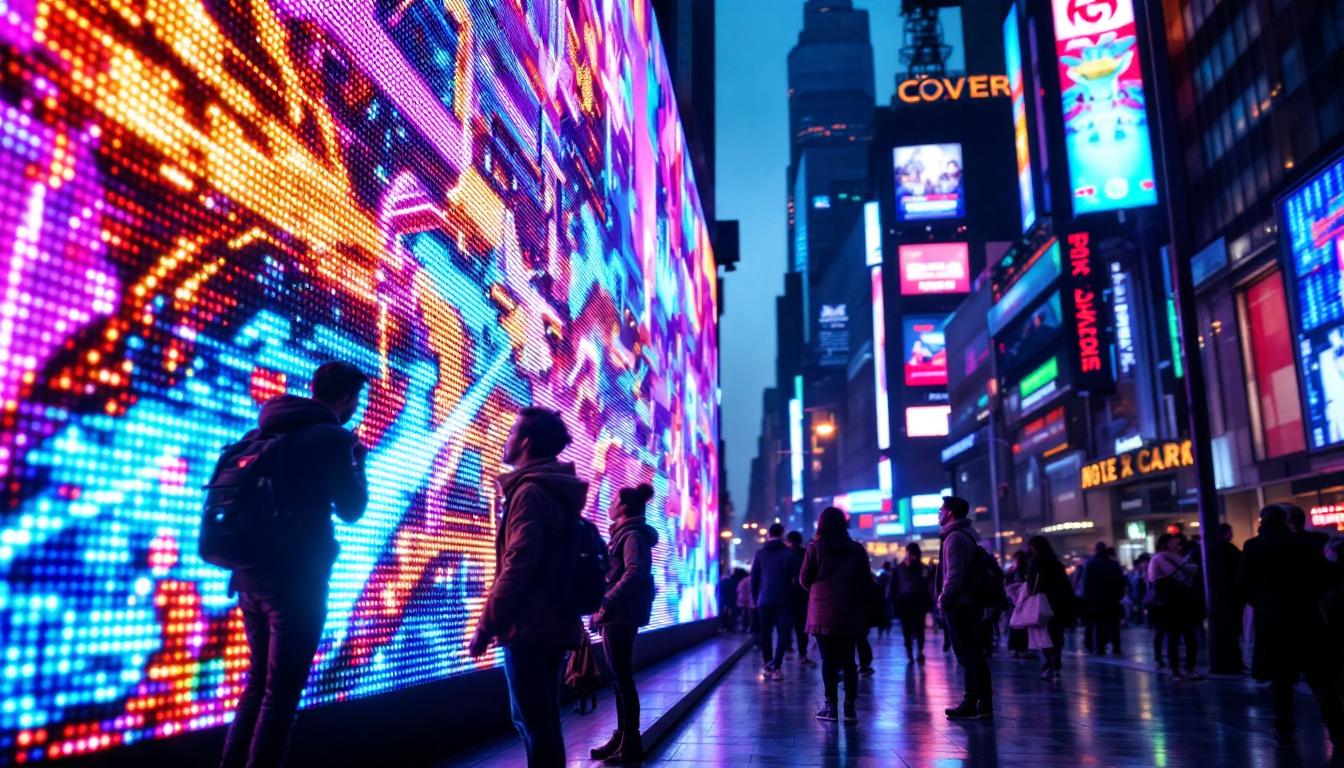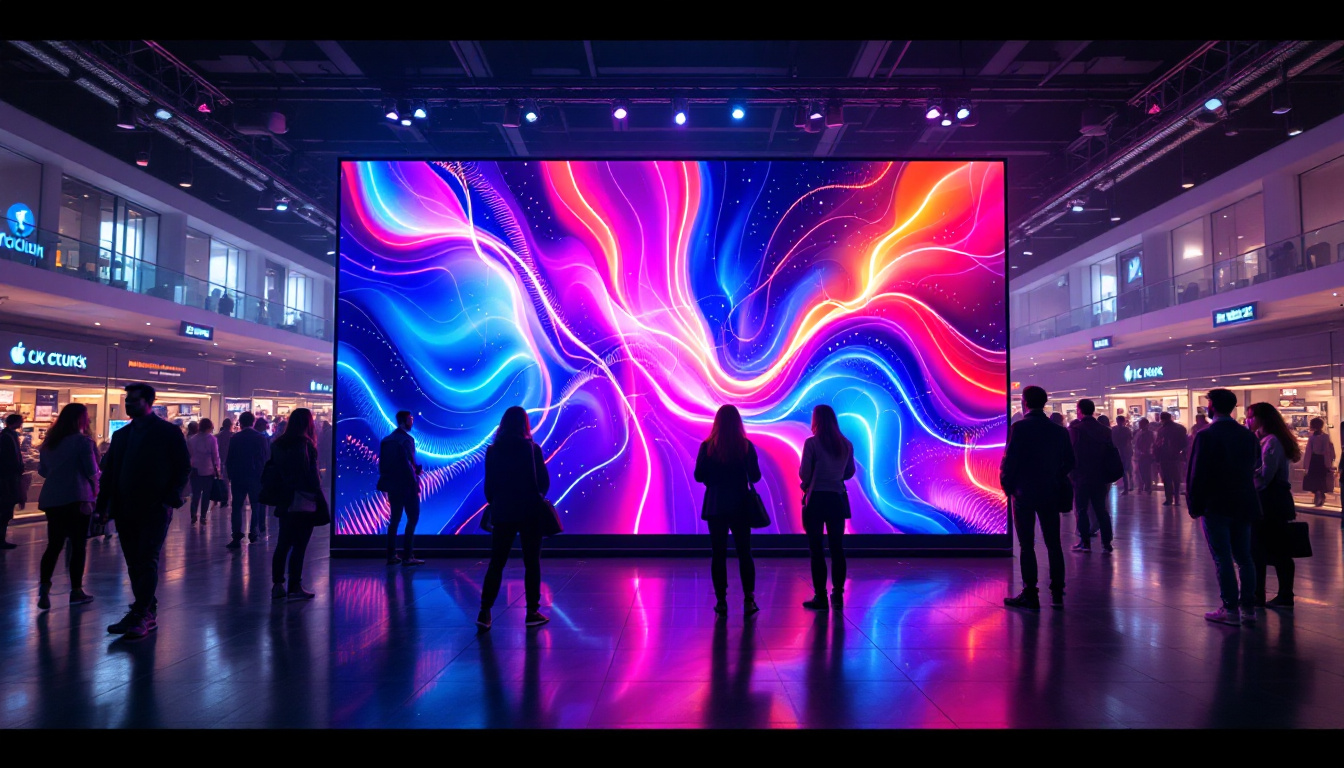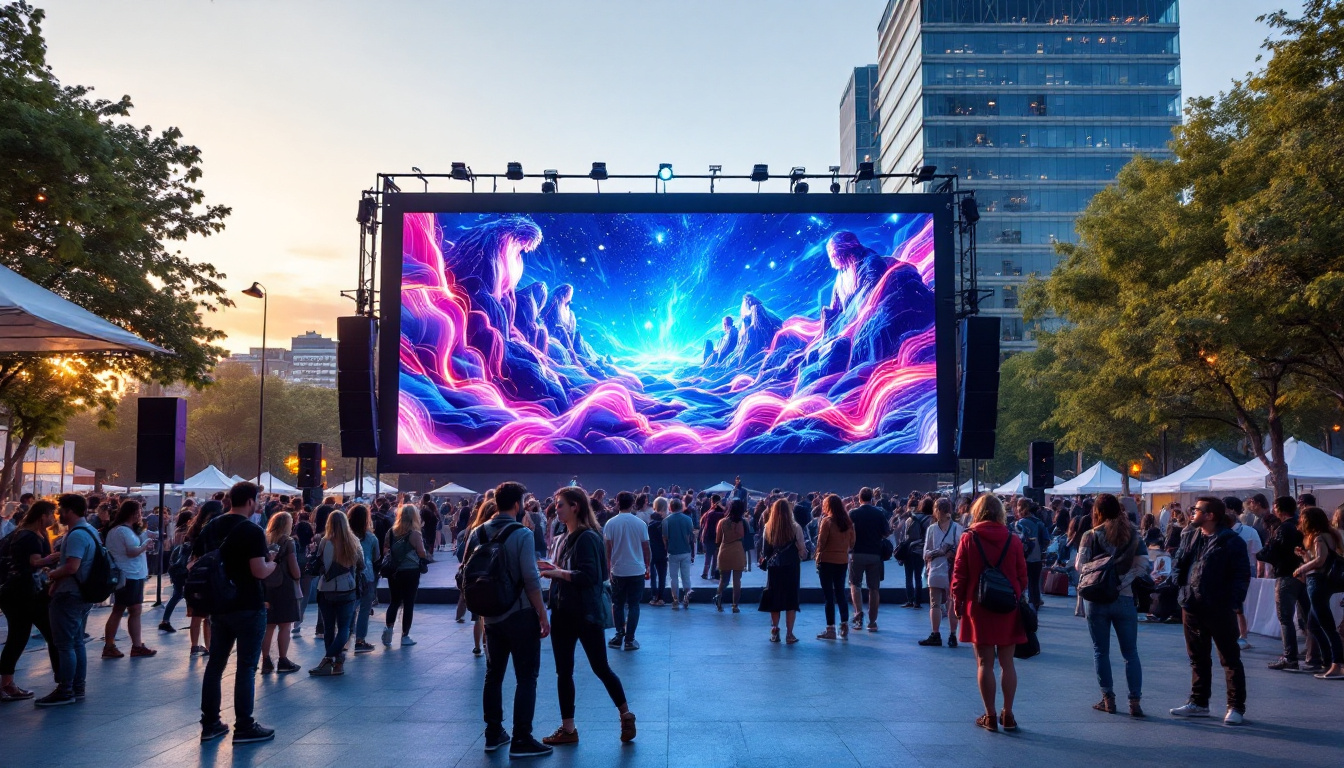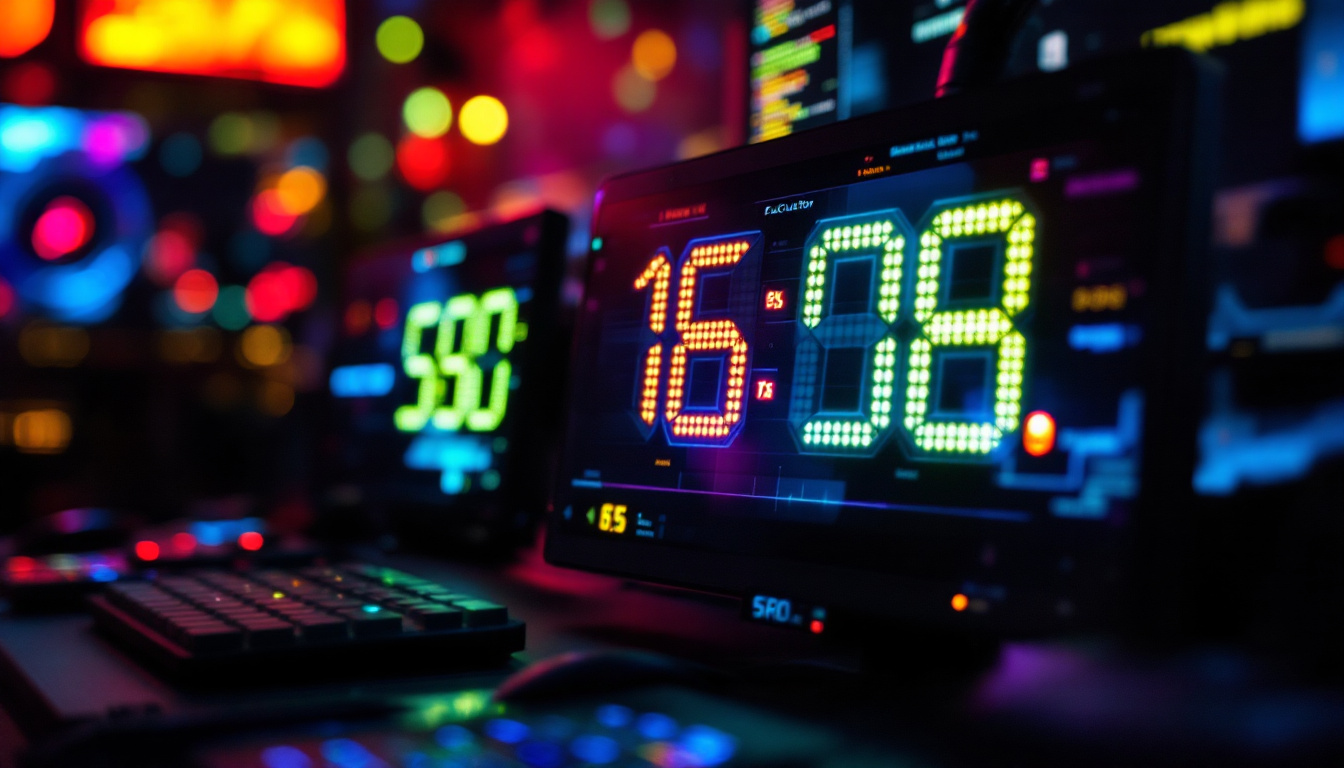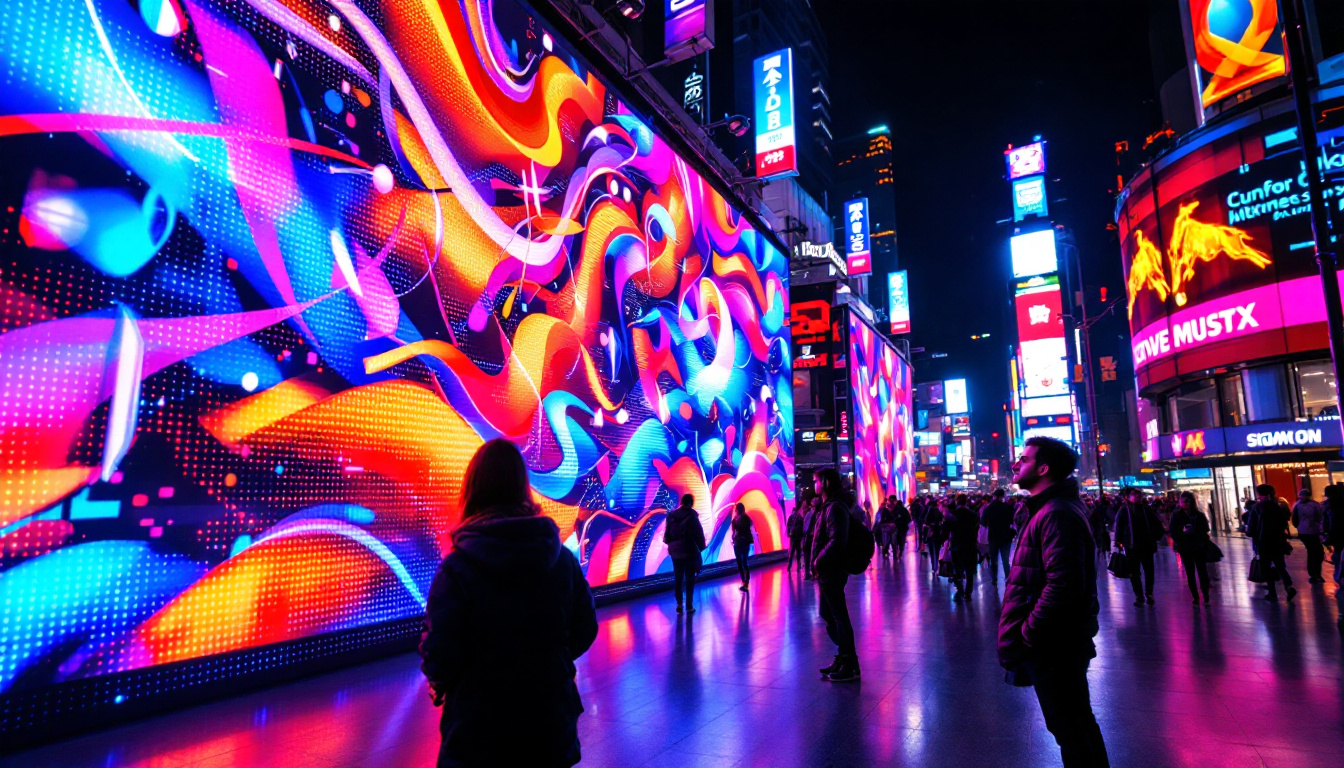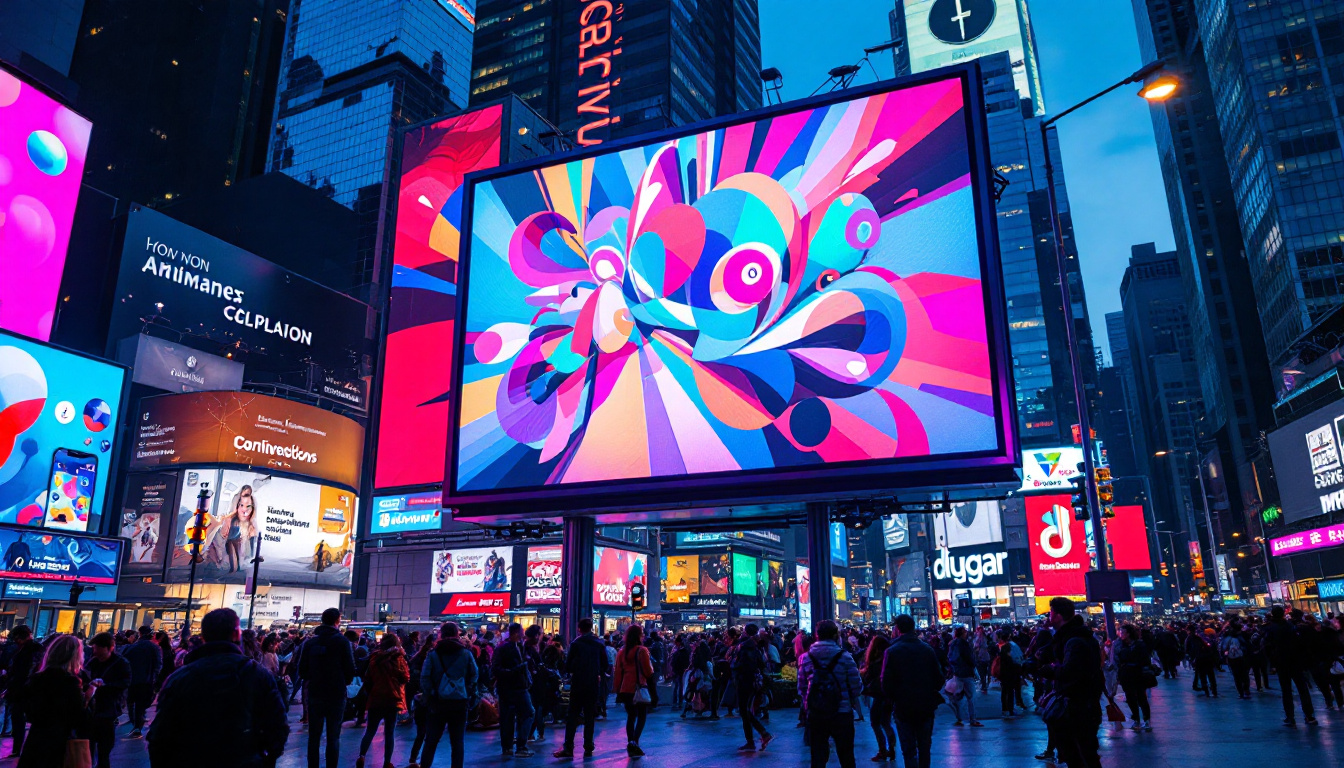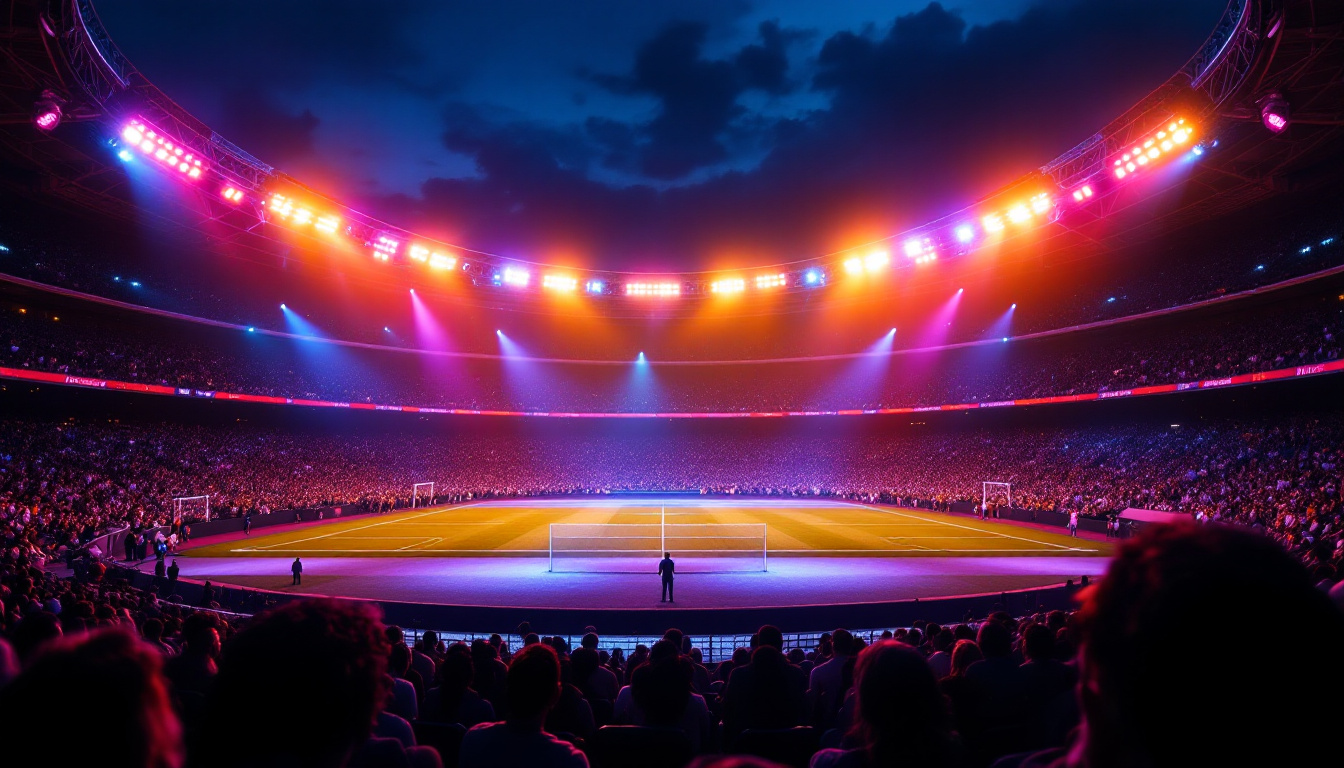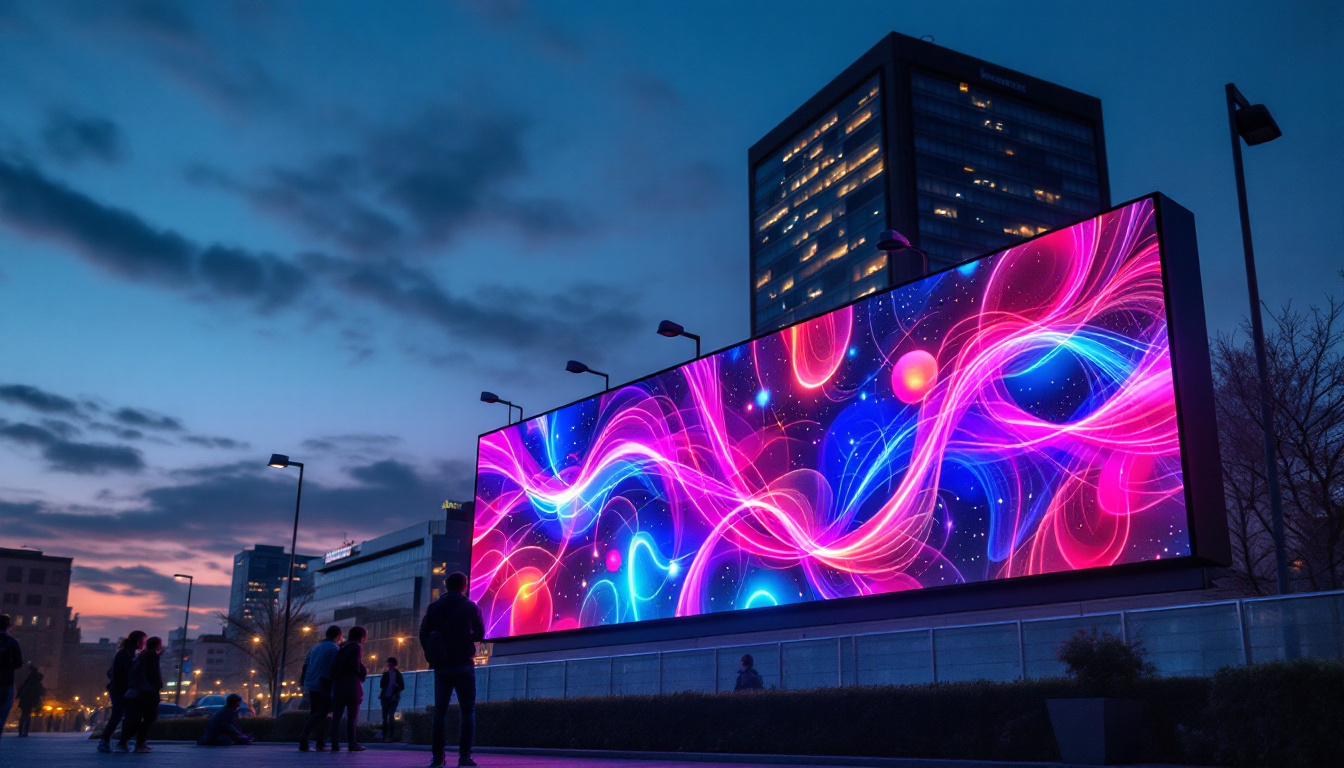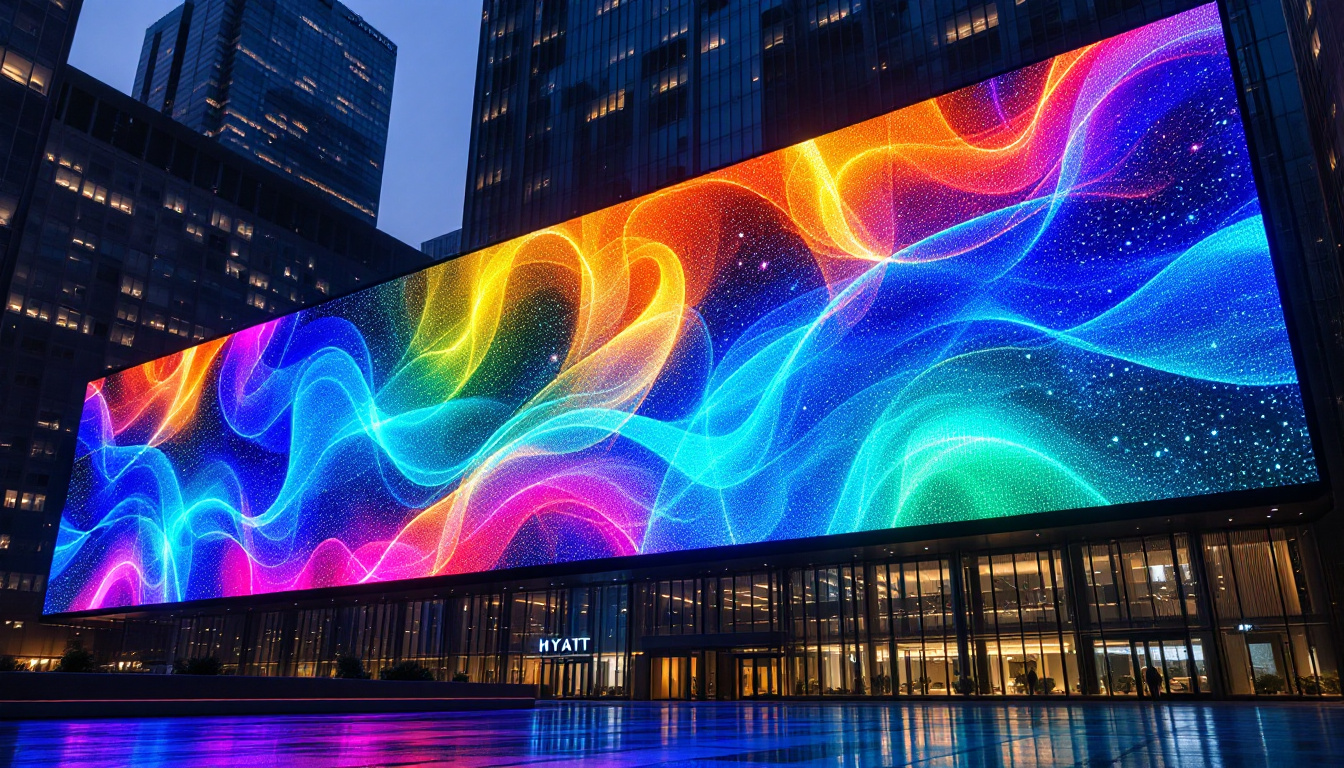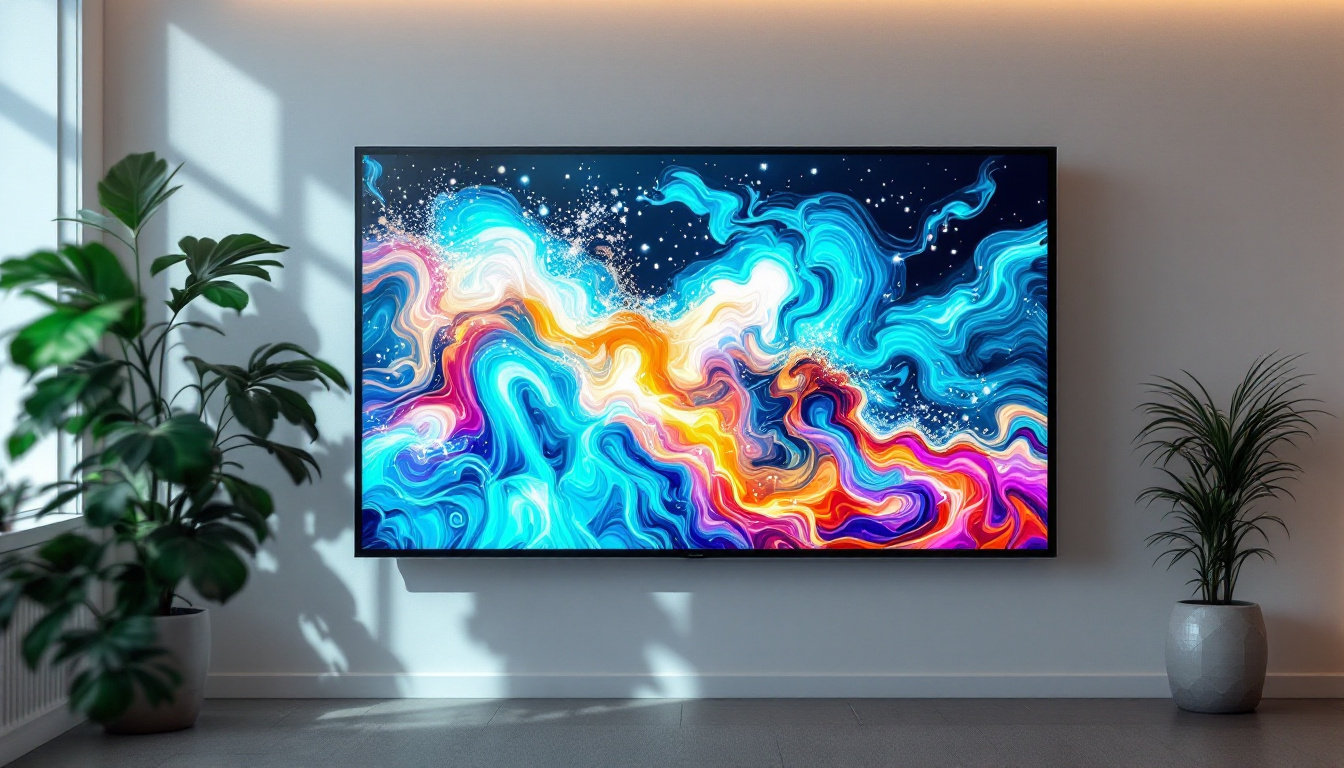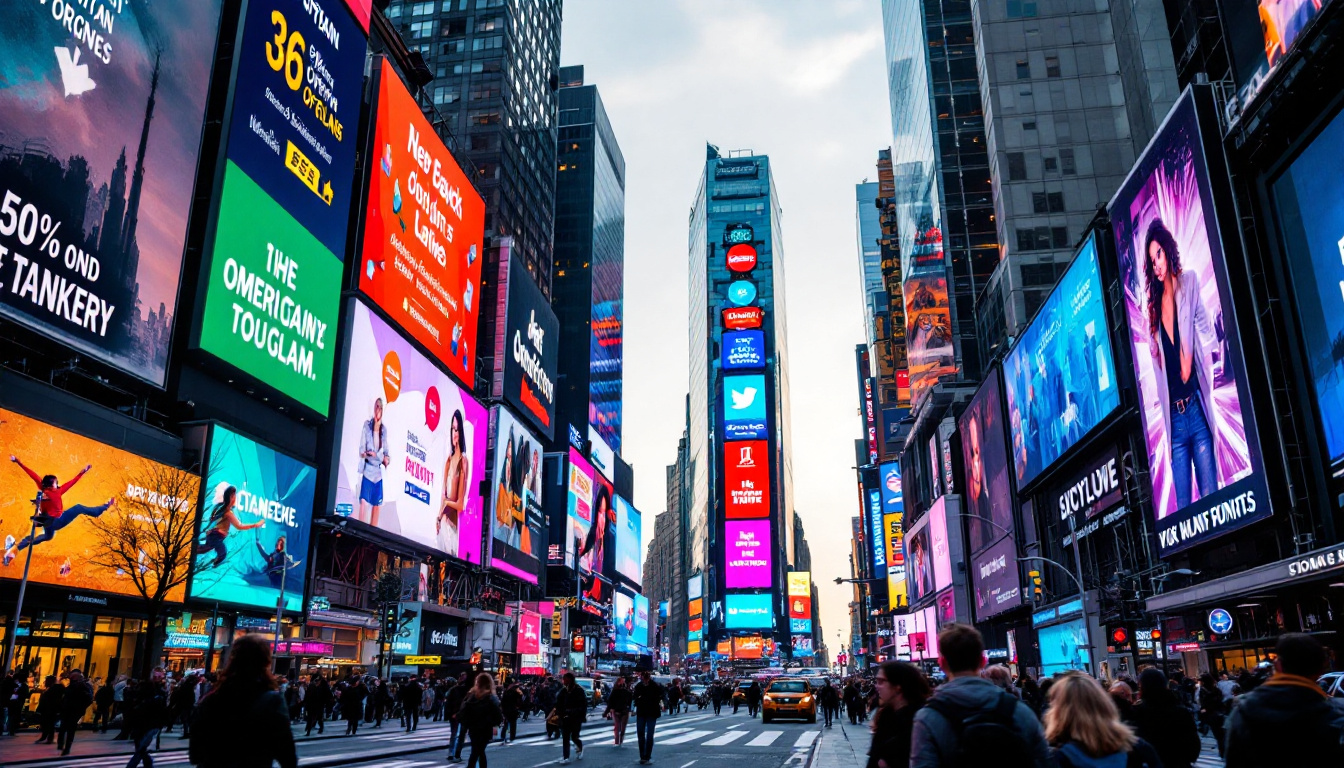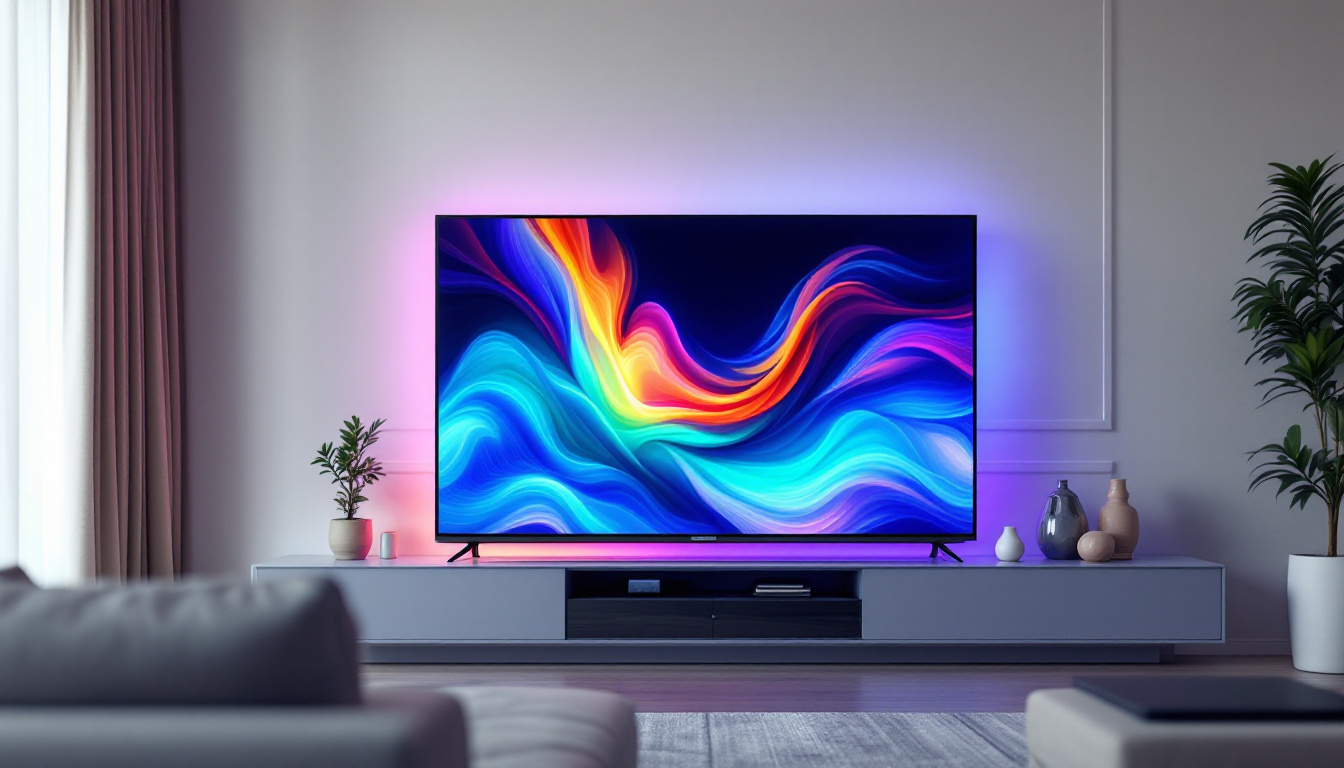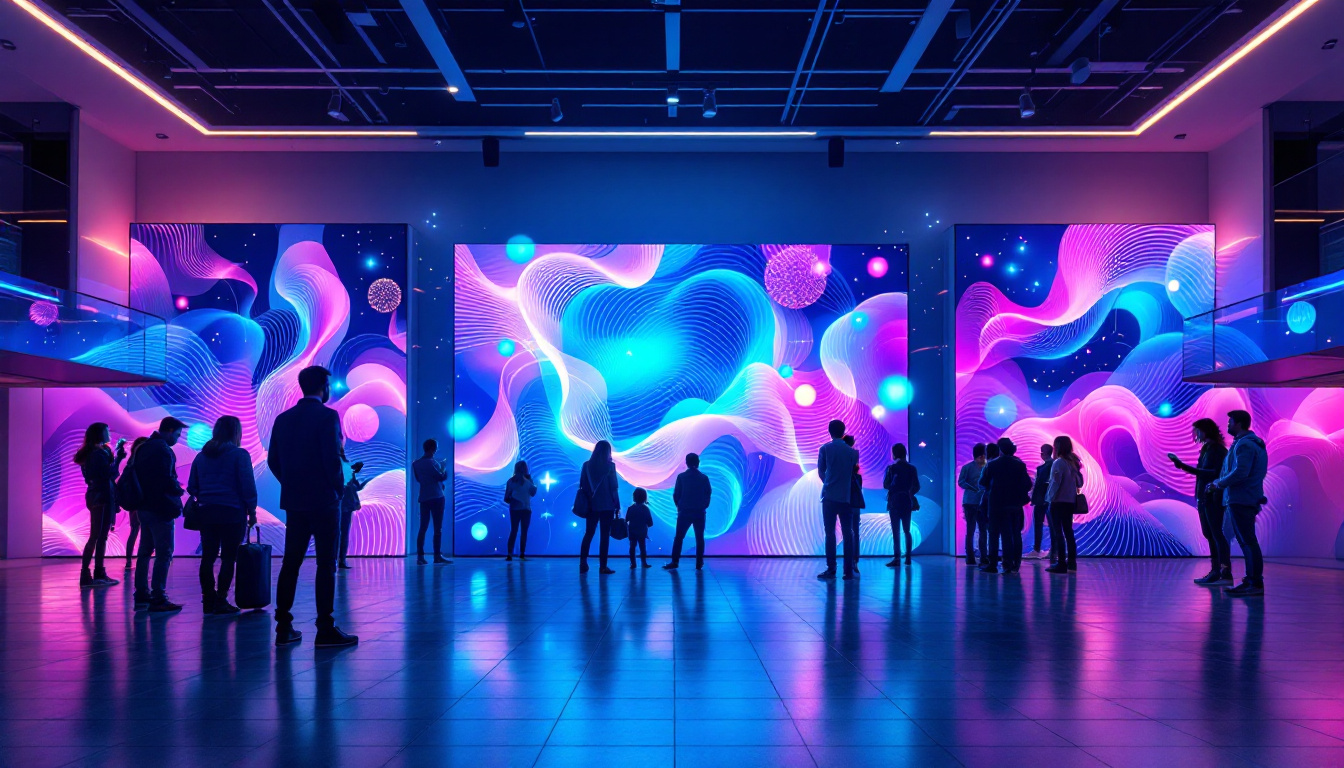In the fast-evolving world of event production and digital advertising, LED displays have become an indispensable tool for captivating audiences and conveying messages with vibrancy and clarity. Among the various mounting and support structures used for these displays, the W truss stands out as a popular and reliable choice. This article delves into the W truss system, exploring its design, advantages, and applications in LED display setups.
Understanding the Basics: What is a W Truss?
A W truss is a type of structural framework commonly used in stage design, event production, and architectural installations. It is named for its distinctive “W” shape formed by the arrangement of its diagonal and vertical members. This design provides a balance of strength, stability, and lightweight characteristics, making it ideal for supporting heavy loads such as LED panels.
Typically constructed from aluminum or steel, W trusses come in various sizes and load ratings. Aluminum variants are especially favored in the entertainment industry due to their favorable strength-to-weight ratio and resistance to corrosion. The modular nature of W trusses allows for easy assembly and customization to fit different display sizes and configurations. This adaptability is particularly beneficial in dynamic environments where quick setup and takedown are essential, such as concerts, trade shows, and corporate events.
Structural Design and Engineering Principles
The W truss design incorporates a series of interconnected triangles, which is a fundamental principle in engineering for distributing weight and stress evenly. This triangular geometry ensures that the truss can bear substantial loads without bending or twisting, which is critical when suspending large LED displays above audiences or on stages. The inherent stability of the W truss also minimizes the risk of structural failure, providing peace of mind for event organizers and performers alike.
Moreover, the W shape provides multiple points of attachment for LED panels, lighting fixtures, and other equipment, enhancing flexibility in design. This versatility is essential for event planners and engineers who need to adapt quickly to different venue requirements. In addition to its practical applications, the aesthetic appeal of W trusses cannot be overlooked; their sleek lines and modern appearance can enhance the visual impact of a production, contributing to the overall atmosphere and experience for attendees. As technology advances, the integration of smart lighting and digital displays with W trusses is becoming increasingly common, allowing for innovative designs that captivate audiences and transform spaces.
Why Use W Truss for LED Displays?
Choosing the right support structure for LED displays is crucial for safety, aesthetics, and functionality. The W truss offers several advantages that make it a preferred solution in various scenarios.
Strength and Load Capacity
One of the primary reasons for using W truss in LED display setups is its impressive load-bearing capacity. LED panels, especially large-scale outdoor models, can be heavy and require secure mounting to prevent accidents. W trusses are engineered to handle these loads efficiently, providing a stable platform that minimizes vibration and movement.
For example, a standard 12-inch W truss can safely support loads ranging from a few hundred to over a thousand kilograms, depending on its design and material. This capacity ensures that even the largest LED walls remain secure throughout an event. Furthermore, the design of the W truss allows for even weight distribution, which is critical in preventing stress points that could lead to structural failure. This aspect is particularly important in high-traffic areas where safety is paramount, as it reduces the risk of accidents caused by equipment collapse.
Ease of Assembly and Versatility
W trusses are designed for quick assembly and disassembly, which is vital in the fast-paced environment of live events. Their modular components can be connected using standard clamps and bolts, allowing crews to build complex structures with minimal tools and expertise.
Additionally, the W truss system is highly adaptable. It can be used to create hanging rigs, ground-supported frames, or even complex three-dimensional shapes. This versatility enables creative freedom for designers and producers, allowing LED displays to be integrated seamlessly into various stage designs and architectural elements. The ability to customize the configuration of the truss system means that it can accommodate different types of LED displays, from curved screens to large-scale video walls, enhancing the visual experience for audiences. Moreover, the lightweight nature of the truss components makes transportation and setup significantly easier, saving both time and labor costs during event preparations.
Durability and Weather Resistance
When LED displays are used outdoors, the supporting truss must withstand environmental factors such as wind, rain, and temperature fluctuations. W trusses made from anodized aluminum or galvanized steel offer excellent resistance to corrosion and wear, ensuring longevity and reliability.
Moreover, their robust construction helps maintain structural integrity under adverse weather conditions, which is essential for the safety of both the equipment and the audience. In addition to their weather-resistant properties, many W trusses are designed with features that enhance their stability, such as cross-bracing and reinforced joints. These features not only improve the overall strength of the truss but also allow for better airflow, reducing wind resistance during storms. This attention to detail in design ensures that the truss can perform reliably in various climates, making it a dependable choice for outdoor events, festivals, and concerts where unpredictable weather can pose a challenge.
Applications of W Truss in LED Display Installations
The use of W truss spans a wide range of applications, from concerts and festivals to corporate events and permanent installations. Understanding these use cases highlights why the W truss remains a staple in the industry.
Concerts and Live Events
In concert settings, LED displays are often used as dynamic backdrops or to provide live video feeds to large audiences. The W truss enables the secure suspension of these displays above stages, ensuring visibility from all angles while maintaining safety standards.
For instance, major music festivals frequently employ W truss systems to rig massive LED walls that enhance the visual experience. The ability to quickly assemble and modify these structures is invaluable when dealing with tight schedules and changing production needs.
Trade Shows and Exhibitions
Exhibitors use LED displays to attract visitors and showcase products in vibrant detail. W trusses provide a flexible framework for creating eye-catching booths and display areas. Their modularity allows for custom configurations that fit various booth sizes and designs.
Additionally, the lightweight nature of aluminum W trusses facilitates transportation and setup, which is a significant advantage in the trade show environment where time and space are limited.
Permanent and Semi-Permanent Installations
Beyond temporary events, W trusses are also employed in permanent or semi-permanent LED display installations such as digital billboards, stadium screens, and architectural lighting features. Their durability and load capacity make them suitable for long-term use, often integrated into building facades or outdoor advertising structures.
In these applications, the truss not only supports the LED panels but also allows for maintenance access and integration with other structural elements.
Key Considerations When Using W Truss for LED Displays
While W trusses offer many benefits, there are important factors to consider to ensure optimal performance and safety.
Load Calculations and Safety Standards
Accurate load calculations are essential when designing a truss system for LED displays. This includes accounting for the weight of the LED panels, additional equipment like speakers or lighting, and environmental forces such as wind or seismic activity.
Compliance with industry safety standards and local regulations is mandatory. Organizations such as the Entertainment Services and Technology Association (ESTA) provide guidelines for rigging and structural safety that should be followed rigorously.
Compatibility with LED Panels
Not all LED panels have the same mounting requirements. It is important to select a W truss system that is compatible with the specific LED modules being used. This includes considering the panel’s weight, attachment points, and any cabling or power needs.
Manufacturers often provide specifications and recommended mounting hardware to ensure proper integration with truss systems.
Transportation and Logistics
Given that W trusses are often used in temporary setups, their size and weight impact transportation and handling. Selecting truss sizes that fit within available transport vehicles and can be managed by the crew is crucial for efficiency and cost control.
Furthermore, the design should factor in ease of assembly and disassembly to minimize labor time and reduce the risk of damage during handling.
Future Trends in W Truss and LED Display Technology
The convergence of structural engineering and digital display technology continues to evolve, with innovations that enhance the capabilities of W truss systems and LED installations.
Lightweight and High-Strength Materials
Research into advanced materials such as carbon fiber composites and high-strength alloys promises to produce truss systems that are lighter yet stronger than traditional aluminum or steel. These materials could further reduce transportation costs and increase load capacities, expanding the possibilities for large-scale LED displays.
Integrated Smart Systems
Emerging technologies are enabling the integration of sensors and IoT devices into truss structures. These smart trusses can monitor stress, vibration, and environmental conditions in real-time, enhancing safety and enabling predictive maintenance.
Such innovations will be particularly valuable for permanent installations and high-profile events where reliability is paramount.
Modular and Adaptive Designs
Future W truss systems are likely to become even more modular and adaptive, allowing for rapid reconfiguration and customization. This flexibility will support increasingly complex LED display designs, including curved and 3D structures that engage audiences in novel ways.
Conclusion
The W truss is a cornerstone in the world of LED display installations, offering a blend of strength, versatility, and durability that meets the demanding needs of modern events and advertising. Its engineering principles ensure safety and reliability, while its modular design supports creative and functional display configurations.
As LED technology advances and event production becomes more sophisticated, the role of W truss systems will continue to be vital. Understanding their capabilities and best practices ensures that LED displays can be showcased effectively, safely, and impressively across a wide range of applications.
For professionals in event production, digital signage, and architectural design, mastering the use of W truss systems is essential for delivering impactful visual experiences that captivate and inspire audiences worldwide.
Discover LumenMatrix LED Display Solutions
Ready to elevate your event production or advertising campaign with the latest in LED display technology? Look no further than LumenMatrix, a pioneer in crafting immersive visual experiences. From Indoor and Outdoor LED Walls to innovative solutions like Vehicle Displays, LED Posters, and Custom Configurations, LumenMatrix offers a diverse range of products designed to captivate your audience. Embrace the future of visual communication with our All-in-One and Transparent LED Displays, and let us help you make a lasting impression. Check out LumenMatrix LED Display Solutions today and transform your space into a dynamic visual showcase.

